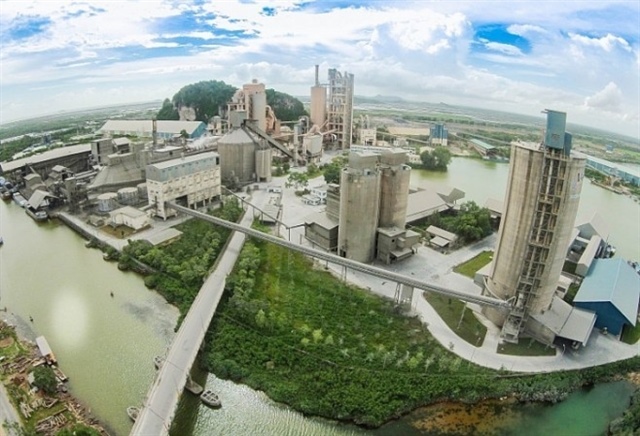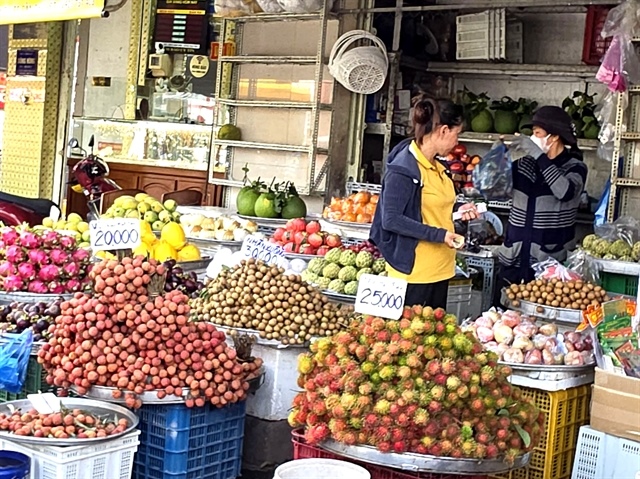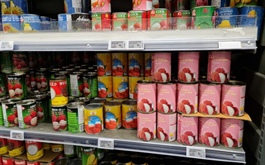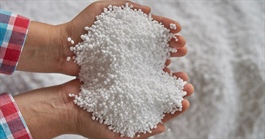Vietnamese animal feed imports continue to rise
Vietnamese animal feed imports continue to rise
Viet Nam is the largest corn importer in Southeast Asia and is forecast to be the fifth-largest importer in the world, opening the door for foreign animal feed suppliers to expand their trade in the country.

According to the General Department of Customs (GDC), the import turnover of animal feed and raw materials reached nearly US$4.14 billion in the past 10 months, up 29 per cent on the same period in 2020.
The GDC estimates that this number will continue to grow, providing opportunities for corn and fermented by-products (DDGS) exporters around the world to increase their trade with Viet Nam.
In the first 10 months of 2021, the biggest importer was Argentina with 35 per cent of the market, reaching $1.45 billion, up 11.4 per cent over the same period in 2020. The US followed with 16.7 per cent, reaching $692.36 million thanks to a sharp increase of 66.3 per cent over the same period. Accounting for 11.8 per cent of the total, imports from Brazil also increased sharply by 42.2 per cent, reaching $487.37 million.
In the same period, the import of the products from the EU market increased sharply by 47.4 per cent, reaching $337.76 million. Import from the Southeast Asian market increased by 18 per cent, reaching $297.29 million.
According to the latest report by the Foreign Agricultural Service of the USDA, aquaculture, shellfish or other species are becoming increasingly in-demand in Viet Nam, creating more opportunities for feed ingredient exporters to enter the country.
Along with corn, US livestock and aqua feed exports like dry cereal flour and DDGS have grown rapidly over the past decade. Viet Nam is currently one of the leading importers of this product from the US, especially of DDGS as an animal feed ingredient with high protein and energy content.
Currently, Viet Nam is the largest corn importer in Southeast Asia and is forecast to be the fifth-largest corn importer globally in 2021 and 2022, said the report.
It is forecast that Viet Nam's import demand for corn and grain by-products for animal feed will triple over the next ten years. Corn will account for the majority, while the rest will be wheat and barley, reflecting the trends of the meat industry.
Although overall meat production in Viet Nam decreased in 2019, due to the impact of Asian Swine Flu on pork production, chicken and beef production both increased during this period. It is forecast that per capita meat consumption in Viet Nam will also increase.
According to USDA, besides the recovery of pork production and the expansion of beef and poultry production, Viet Nam's growing aquaculture industry will present greater opportunities for corn and DDGS exporters.
Nguyen Thanh Son, Chairman of the Vietnam Poultry Breeding Association, said the animal feed industry had the highest growth and development on average over the past ten years.
Son said: “The industry has grown by 13-15 per cent per year in both volume and value. This is also the most profitable industry. Many big companies are rushing into the animal feed industry because it is a lucrative market.”
Tong Xuan Chinh, Deputy Director of the Department of Livestock Production under the Ministry of Agriculture and Rural Development (MARD), said the animal feed production industry is vital, accounting for 65-70 per cent of the value and production, which greatly affects the price of livestock products.
Chinh said: “Every year we need between 32-33 million tonnes of animal feed of all kinds, of which more than 7 million tonnes are produced by farmers using raw materials and mixing according to the instructions of the agricultural industry. The remaining, including animal and aqua feed, is produced by enterprises."
The Vietnamese animal feed industry is the best in Southeast Asia and 10th in the world in terms of technology, according to Chinh.
Besides investment in technology, businesses are also spending more on factories and production workshops. Large enterprises and corporations such as CP and Deheus are building production plants in the Northwest and Central Highlands, and other foreign enterprises will invest in modern equipment and production lines.
Chinh said: “Viet Nam is a great potential market in terms of husbandry as it is not only to meets the demand for meat and eggs for 97 million people in the country, but it also plans to export livestock products. Exported livestock products have brought in about $1 billion in value.”
Chinh also discussed why Viet Nam does not produce feed but imports it instead. He said: “It is an economic issue. Viet Nam is more suitable for growing rice and rice sells better than corn, which is feed material.”
Chinh calculated that one kilo of corn is valued at about VND7,000-8,000, compared to between VND12,000 and VND13,000 for the same amount of rice.
However, Chinh said that his department would produce a draft project to develop the animal feed processing industry between 2021 and 2030, including solutions that take advantage of agricultural by-products to produce feed.
Part of these plans would be to shift about 500,000 hectares of inefficient rice land into biomass corn for production as a short term solution.
In the medium and long term, Chinh said Viet Nam must be active in the seed development of corn and soybean as they are feed materials, as well as developing larger fields and applying technologies in their production.
Chinh said the Land Law must be revised to fit with the growing demand.
























